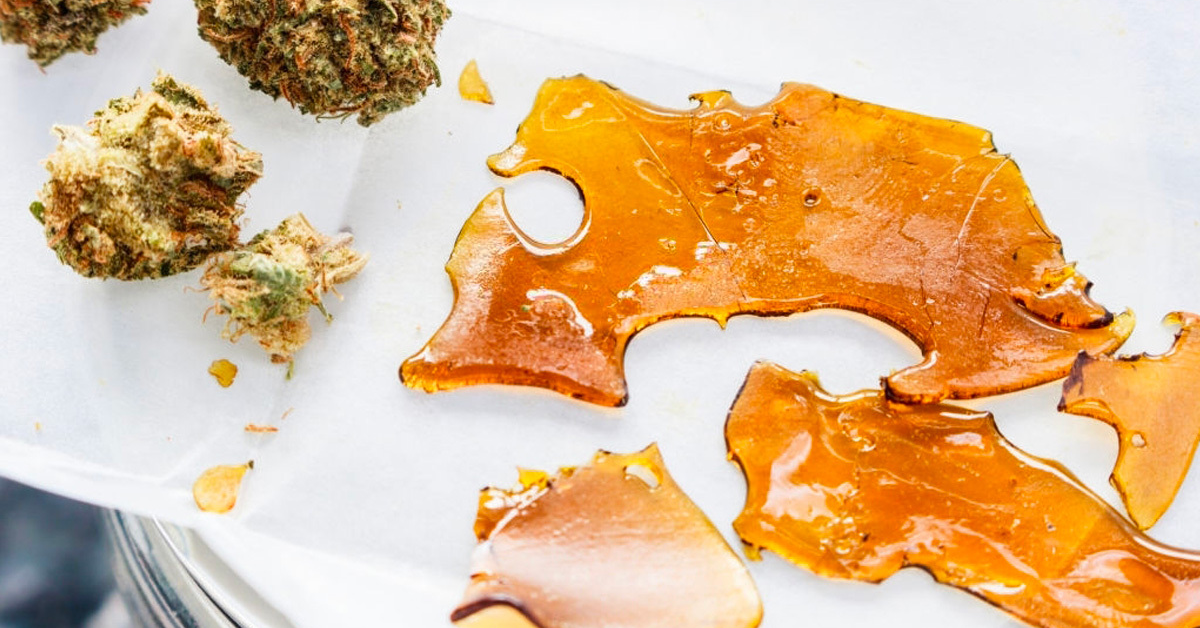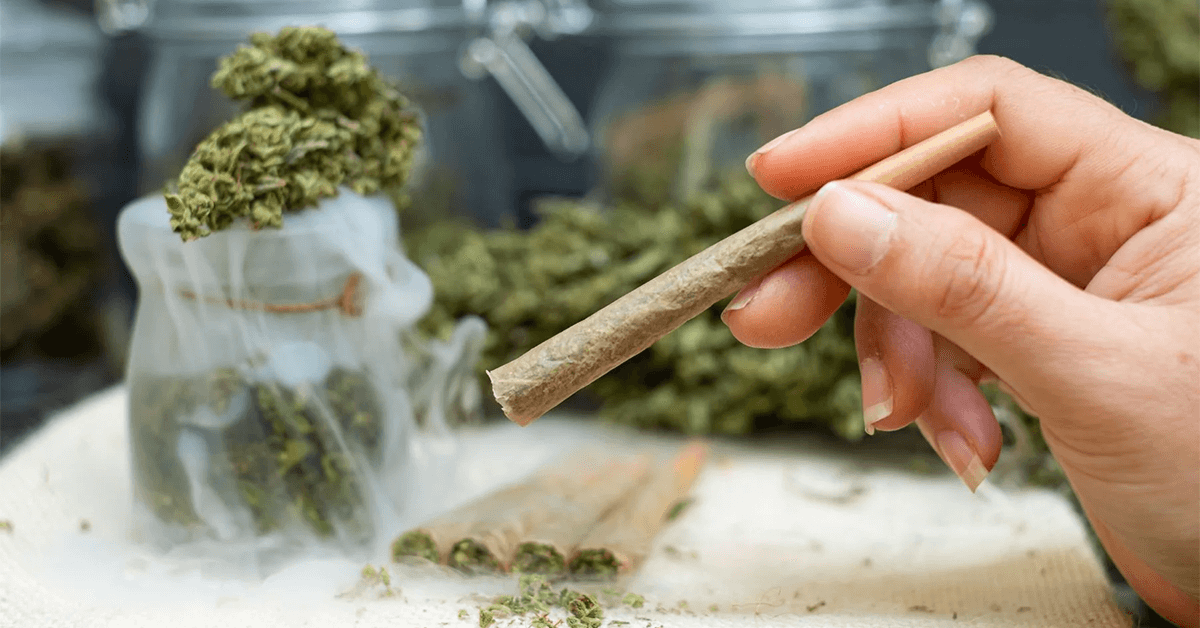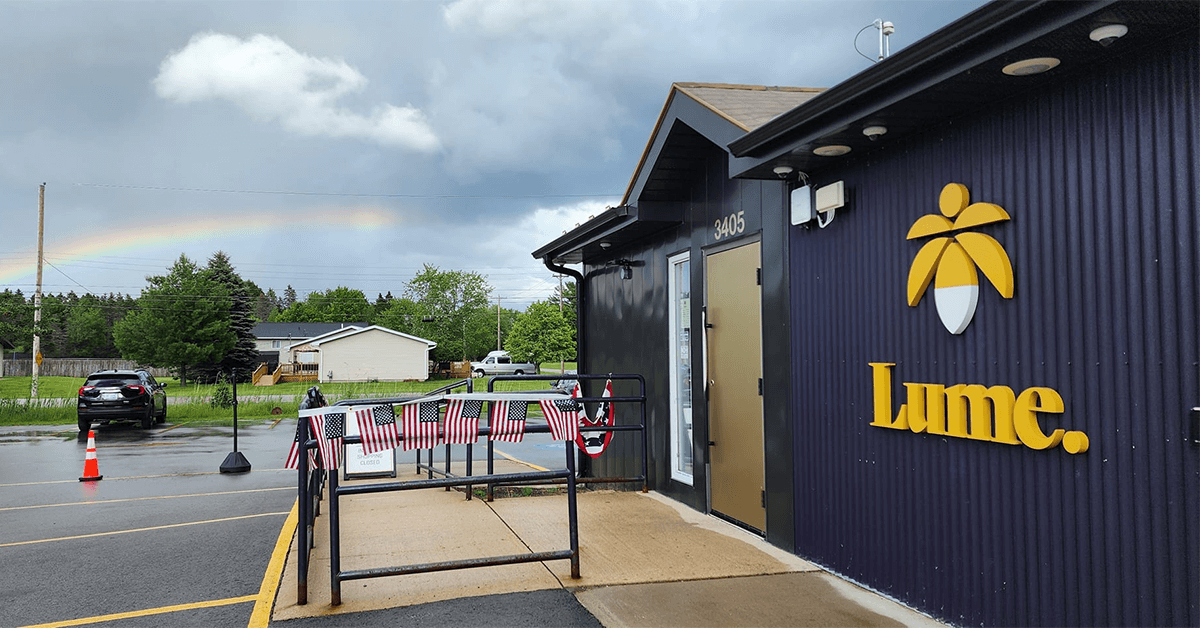The Balancing Act of Pricing and Production in Michigan's Rosin Industry

In the evolving landscape of Michigan's cannabis industry, a specific segment, the rosin market, is experiencing significant economic challenges. Rosin, a popular cannabis concentrate known for its purity and potency, is currently caught in a precarious financial situation. This is largely due to the discrepancy between production costs and retail pricing.
On the producer side, the situation is becoming increasingly untenable. The current market rate for rosin sold from producers to retailers is often lower than the production costs. Despite this, retailers continue to charge consumers standard prices, frequently marking up the product by 3 to 4 times its wholesale cost.
This issue seems to permeate all levels of the market, including both the caregiver (CG) market and top-tier licensed producers. While some companies and CGs have been thriving, charging over $50 per gram, there's a growing concern about market sustainability. The introduction of new players every few weeks suggests an impending saturation point.
A critical threshold appears to be at the $40 retail price for a single gram of rosin. When prices drop to this level, it indicates that producers are operating on minimal profit margins or potentially incurring losses. For instance, a wet pound of cannabis, roughly 2,250 grams, might yield about 67 grams of rosin at a 3% conversion rate. This amount, costing around $600 to produce, would only generate $1,340 at a sale price of $20 per gram. After deducting the initial material expense, producers are left with a narrow margin before accounting for labor, testing, packaging, and transportation costs.
For the rosin market to remain viable, several changes are essential. Producers must adapt to survive on a 15-20% margin and focus on strains that yield higher rosin percentages, albeit often with less desirable terpenes. Consumers would need to accept paying higher prices, around $50-$60 per gram. Retail shops, currently operating on 2-5x markups, would also need to adjust their pricing strategies, although this remains unlikely.
Producers are finding this situation increasingly discouraging, especially in Michigan. The imbalance where retailers profit significantly more than the producers is not a new phenomenon in the cannabis industry, but it has become more pronounced recently. Vertical integration, where companies control multiple stages of the production and distribution process, can mitigate some of these challenges, but tax liabilities remain a significant burden.
Despite these challenges, there will always be a market for innovative and high-quality products. Even well-established legacy CG brands are adjusting their prices to stay competitive. Smaller producers with strong brand recognition, like 710 Labs, can command higher prices than larger producers, regardless of quality, due to lower overhead costs.
The current dynamics in Michigan's rosin market reflect broader trends in the cannabis industry, highlighting the need for balance between production costs, retail pricing, and consumer expectations.
Share this article:
Spotted a typo, grammatical error, or a factual inaccuracy? Let us know - we're committed to correcting errors swiftly and accurately!








 Helpful Links
Helpful Links